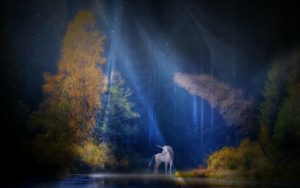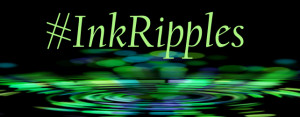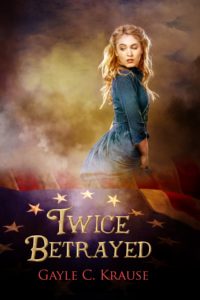This year’s New England SCBWI conference was yet again in a digital format, but just like in 2021 (see those conference highlights here), it was a weekend full of inspiration and community. As is my tradition, I’m sharing some conference gems here on the blog.
Since I was presenting both an intensive workshop on self-publishing (reminder to check out my Self-Publishing Reources) and leading an Ask-a-Mentor session, I wasn’t able to attend as many live sessions as I normally do. One of the advantages of the digital format is that the sessions were recorded, so I’ve been catching as many as I can before the viewing period is up.
Jane Yolen, author of over 400 books and founding member of the New England SCBWI, is a staple at the annual conference. She kicked off the conference with her words of wisdom. Her first dinosaur book, illustrated by Mark Teague, How Do Dinosaurs Say Goodnight took 20 minutes to write and her book Owl Moon, illustrated by John Schoenherr, took 20 years. She encouraged everyone to go and find the time to write, make the time to write, steal the time to write.
Heidi E.Y. Stemple and Rajani LaRocca engaged in a conversation that offered insight and advice into staying creative. Heidi said to know your process and trust your creative brain. She admitted that a creative block can be scary, but if you believe in yourself and trust your process, you can get through it. Rajani said to “follow the dopamine” when writing and to “find that thing that makes you light up and hold on to that.”
In a workshop on work-for-hire, Rebecca Allen and Meg Thacher shared many insights on best practices in this particular field of children’s writing. One suggestion was to be comprehensive in selecting your genres and age ranges so you don’t limit the projects you’re eligible for. They reminded writers that you can always say no to an opportunity if it doesn’t fit your schedule or writing interests.
I always enjoy the evening social rooms. I stayed up later than I intended on Saturday night catching up with my fellow NESCBWI kidlit friends and meeting a few new ones. It seems I always end up dressing up like a pirate (it is on brand for my middle grade book Pirate Island). Last year, I donned my actual pirate hat, but this year I opted for a filter. I think I pulled off the 5 o’clock shadow!
Tara Lazar, founder of the idea-generating Storystorm, presented a very funny keynote filled with memes. She made the mistake of sending out stuff too early (haven’t we all!) and had to learn how publishing worked before finding success.
Illustrator John Parra offered up an insight that particularly resonated with me as I work on developing my illustration skills. He said to make sure your supplies are out and not in a closet. He reminded us that procrastination is not an artist’s friend. His words have inspired me to start setting up a space where I have easier access to my art supplies.
Padma Venkatraman in her session “STARRY-EYED: Looking at a story through different lenses” asked these questions when thinking about point-of-view in your story: What’s best for this story? Whose story is this? How do I want my reader to feel?
What has inspired your writing lately?
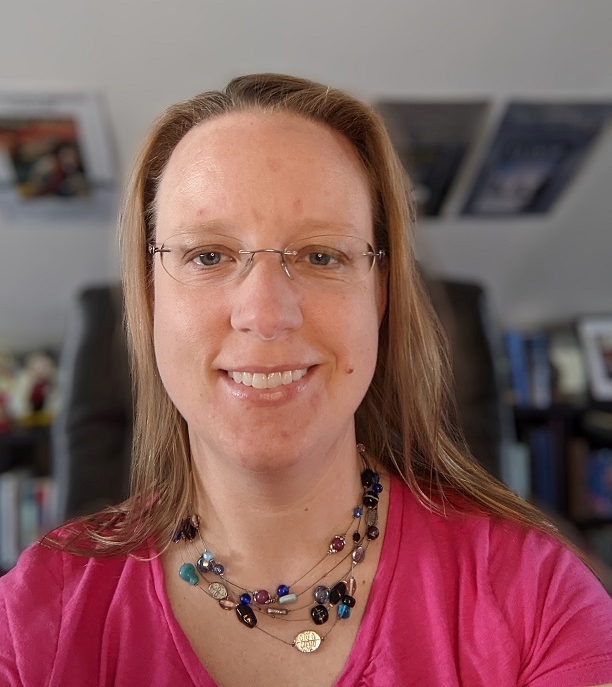
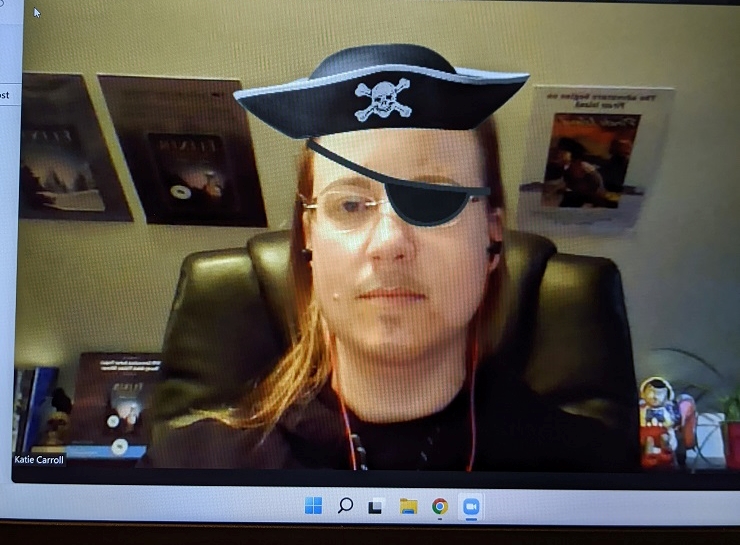

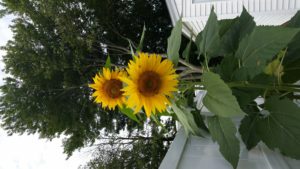


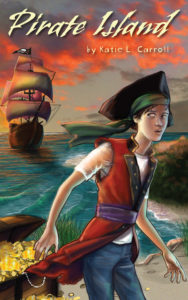 Beyond making the material age appropriate, I think it’s important to make the history relevant. Whether that means making it fun (which isn’t necessarily the case of the history I’ve included) or by making it personal. Captain Kidd’s history is personal to Billy, the main character of PIRATE ISLAND, because Billy becomes obsessed with Kidd and models Kidd’s behavior to be brave. The history of the hidden treasure drives the plot of the story, but Billy’s emotional connection to Kidd drives the emotional story line.
Beyond making the material age appropriate, I think it’s important to make the history relevant. Whether that means making it fun (which isn’t necessarily the case of the history I’ve included) or by making it personal. Captain Kidd’s history is personal to Billy, the main character of PIRATE ISLAND, because Billy becomes obsessed with Kidd and models Kidd’s behavior to be brave. The history of the hidden treasure drives the plot of the story, but Billy’s emotional connection to Kidd drives the emotional story line.
